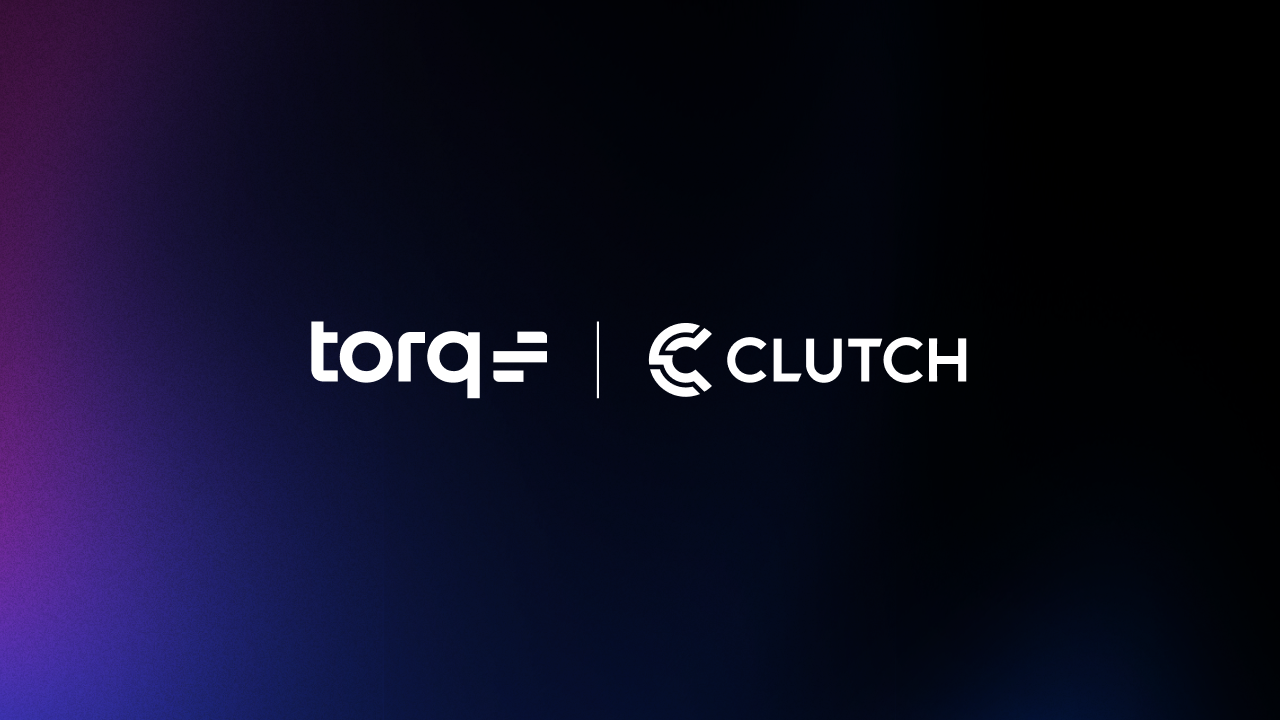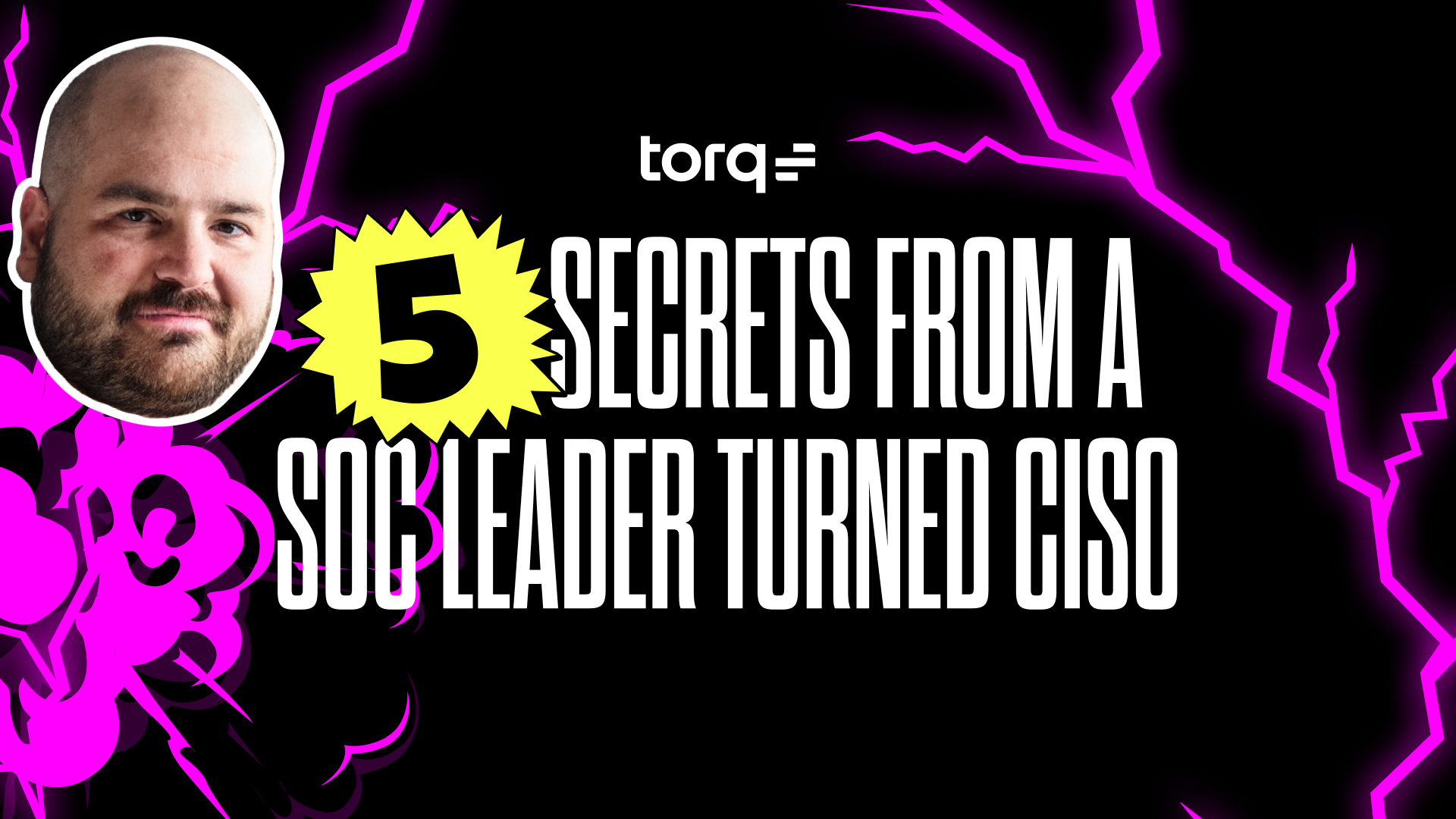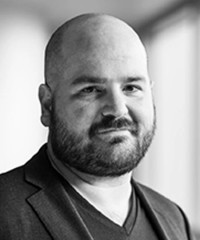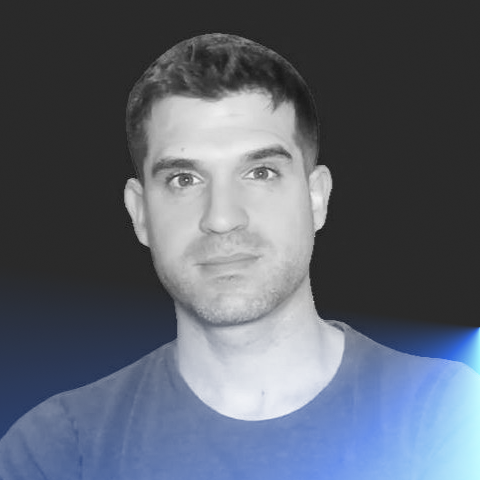Contents
Get a Personalized Demo
See how Torq harnesses AI in your SOC to detect, prioritize, and respond to threats faster.
As C-suites and boards are bombarded with headlines about AI revolutionizing cybersecurity, it’s no wonder they’re putting pressure on SOC leaders to adopt AI. The promise of AI in the SOC is rightfully alluring. An AI-native autonomous SOC has the potential to create a world where AI Agents collaborate with each other to take care of repetitive tasks and handle the majority of low-level alerts, freeing your human team up for strategic, proactive work.
The hurdle? The AI cybersecurity landscape is swarming with vendors — and new ones are seemingly popping up out of stealth mode every day with shiny marketing and grand claims.
This leaves SOC leaders wading through the noise to figure out which tools are overexaggerated AI-washed vaporware and which ones are truly operational, integrated, and trustworthy. Below are some tips for cutting through the hype to find the right AI solutions to help build an autonomous SOC.
Start with the End Goal in Mind — and Think Big Picture

Step back and start with the big picture. To avoid “scattergun” AI adoption in the SOC that leads to a flood of AI-generated alerts with no context or prioritization, begin by defining clear AI objectives aligned with your overarching security strategy. Before you dive into the AI vendor pool, take a moment to reflect on your SOC’s practical needs. What are your biggest pain points? Where could AI make the biggest impact? Are your analysts drowning in a sea of alerts? Or are they having to spend too much time on tedious tasks? Prioritize AI solutions that directly address these day-to-day challenges.
“I believe the successful use of AI in SOC operations shows up in practical outcomes. With Torq Agentic AI, the answer is ‘yes’ to questions such as: Are analysts happier? Are they sticking around? Do they have time to focus on more interesting and complex investigations? Are MTTM and MTTR lower? Torq Agentic AI extends and enhances our team so it can make better decisions more quickly — resulting in stronger security all around.”
– Mick Leach, Field CISO, Abnormal Security
Leverage AI for tasks where human limitations — such as fatigue and information overload — lead to inefficiencies. Generative AI-powered AI Agents are adept at tasks involving natural language processing and the creation of logical workflows. This makes AI ideal for automating repetitive, monotonous tasks, intelligently triaging alerts and autonomously handling incidents, and providing real-time insights and recommended next steps to speed up human decision-making. In turn, human analysts are freed up to focus on strategic activities and make faster, more informed decisions, significantly improving overall efficiency and effectiveness.
Think holistically to maximize the value of your investment. One-off AI tools from different vendors can’t add up to an autonomous SOC because they can’t connect security signals across your stack and provide meaningful, context-rich insights. Prioritize investing in a centralized automation platform with enterprise-grade scalability and the ability to integrate with every solution in your security environment. Purpose-built AI Agents for the SOC built on this foundation can work as a unifying force at the heart of your security stack to correlate disparate event data, uncover deep, contextual insights, and accelerate efficiency gains across your security operations.
Stay ahead of threats by keeping up with autonomous SOC advancements. Hyperautomation is now table stakes for Security Operations, demanding platforms with native, fully embedded AI capabilities rather than bolted-on GPT wrappers. Agentic AI, the new frontier for delivering on the promise of the autonomous SOC, is now a reality. Torq just announced a groundbreaking Multi-Agent System for security operations with specialized AI Agents that collaborate, plan, and reason to autonomously analyze and resolve security threats.
“SecOps organizations that adopt GenAI-based Hyperautomation will benefit from the most advanced LLMs ever, enabling analysts to auto-analyze more events and identify novel threats at the beginning of their cascade of potential impact, rather than after they’ve had a chance to create serious damage. GenAI will also further democratize SecOps, so employees at all levels are able to deploy, manage, and monitor Hyperautomation systems.”
– Leonid Belkind, Torq CTO and Co-Founder | 2025 Predictions: How GenAI and Hyperautomation Will Reshape SecOps and Threat Landscapes
Tips for Evaluating AI Cybersecurity Tools for the SOC
Establish your evaluation criteria: Given the potential risks associated with AI solutions, careful third-party risk management is crucial. Collaborate with IT teams, business leaders, and legal to ensure alignment with company-wide AI usage policies. Below are some key considerations when choosing a vendor for AI in the SOC:
- Flexibility and integration: Make sure the AI solution you choose can easily integrate with your existing security stack and ingest and intelligently transform data in any format. A flexible platform that can adapt to your evolving needs is essential so you don’t get locked in.
- Security and privacy: Any solution deployed in your SOC should meet enterprise-grade security standards and have tiers of controls to protect data confidentiality.
- Transparency: One of the most crucial elements for building trust in AI is to ensure the model can explain why it made the decisions it made and how it came to the conclusions it did.
- Human-AI collaboration: Effective AI Agents in the SOC facilitate a collaborative, back-and-forth relationship with the human analysts they work with, clearly communicating its capabilities and limitations. When encountering roadblocks, the AI should seek human input or validation.
Ask the right questions: Overexaggerated, misleading, and outright false claims about AI capabilities are all too common. We’ve got a list of 40 questions to help you understand a vendor’s AI capabilities, integrations, and more, such as:
- Is all customer data encrypted in transit? Is stored data encrypted on disk? Is data stored in vendor data centers or only in memory?
- What countermeasures does the solution have in place to prevent AI hallucinations?
- Does the system keep immutable records of all inputs and outputs for AI-driven actions?
- Does the solution have robust and versatile role-based access controls?
Refine your shortlist: Use your evaluation criteria to narrow down your list of potential vendors. Consider factors like cost, features, and vendor reputation. Conduct thorough research and request demos from your shortlisted vendors.
Test before you invest: The proof of whether an AI solution is vaporware or truly operational is in the POC. Ask for demos and conduct a proof-of-concept for a key use case to see the AI solution in action in a controlled environment. Pay attention to the scalability, ease of use, and overall performance.
Consider long-term partnerships: Build strong relationships with vendors who can provide ongoing support and innovation. Ask about their AI product roadmap.
40 Questions to Ask AI SOC Vendors
To help you sharpen your evaluation of AI solutions for the SOC, we’ve put together this list of 40 critical questions to ask vendors. Cut through the noise of “AI-washed” marketing and dig into the AI’s operational and integration capabilities to ensure you get real value.

































